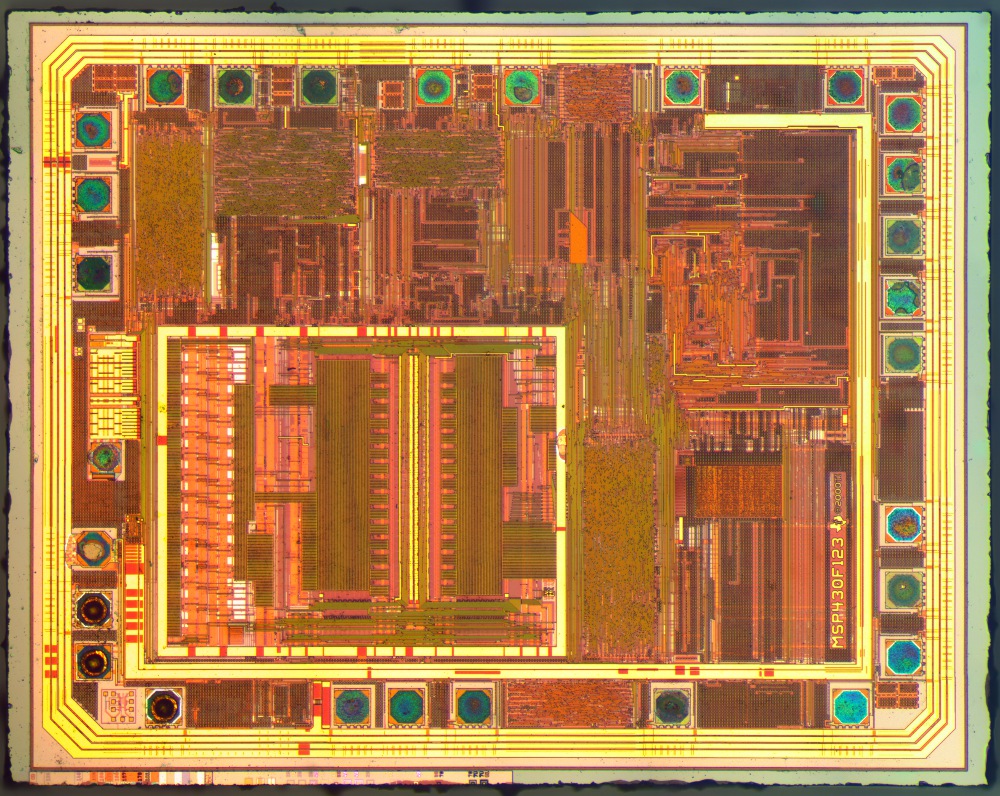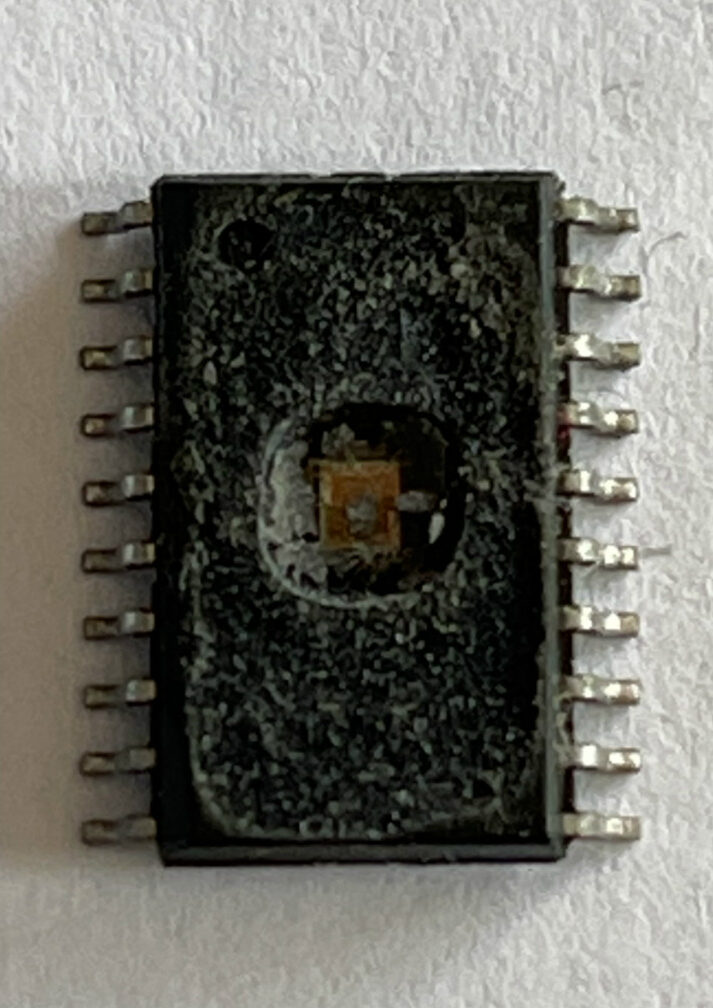Crack Microcontroller PIC16CR83 Heximal
Crack Microcontroller PIC16CR83 and extract MCU Heximal from embedded flash and eeeprom memory, copy processor pic16cr83 firmware to new MCU;

A variety of frequency ranges and packaging options are available. Depending on application and production requirements the proper device option can be selected using the information in this section. When placing orders, please use the “PIC16F8X Product Identification System” at the back of this data sheet to specify the correct part number.
There are four device “types” as indicated in the device number.
1. F, as in PIC16F84. These devices have Flash program memory and operate over the standard voltage range.
3. CR, as in PIC16CR83. These devices have ROM program memory and operate over the standard voltage range.
LCR, as in PIC16LCR84. These devices have ROM program memory and operate over an extended voltage range.
Microchip offers the unique programming service where a few user-defined locations in each device are programmed with different serial numbers. The serial numbers may be random, pseudo-random or sequential.

Serial programming allows each device to have a unique number which can serve as an entry-code, password or ID number.device where the program memory is a ROM after unlock pic16f73 microcontroller.
These Some of Microchip’s devices have a corresponding devices give a cost savings over Microchip’s traditional user programmed devices (EPROM, EEPROM). ROM devices (PIC16CR8X) do not allow serialization information in the program memory space. The user may program this information into the Data EEPROM.

